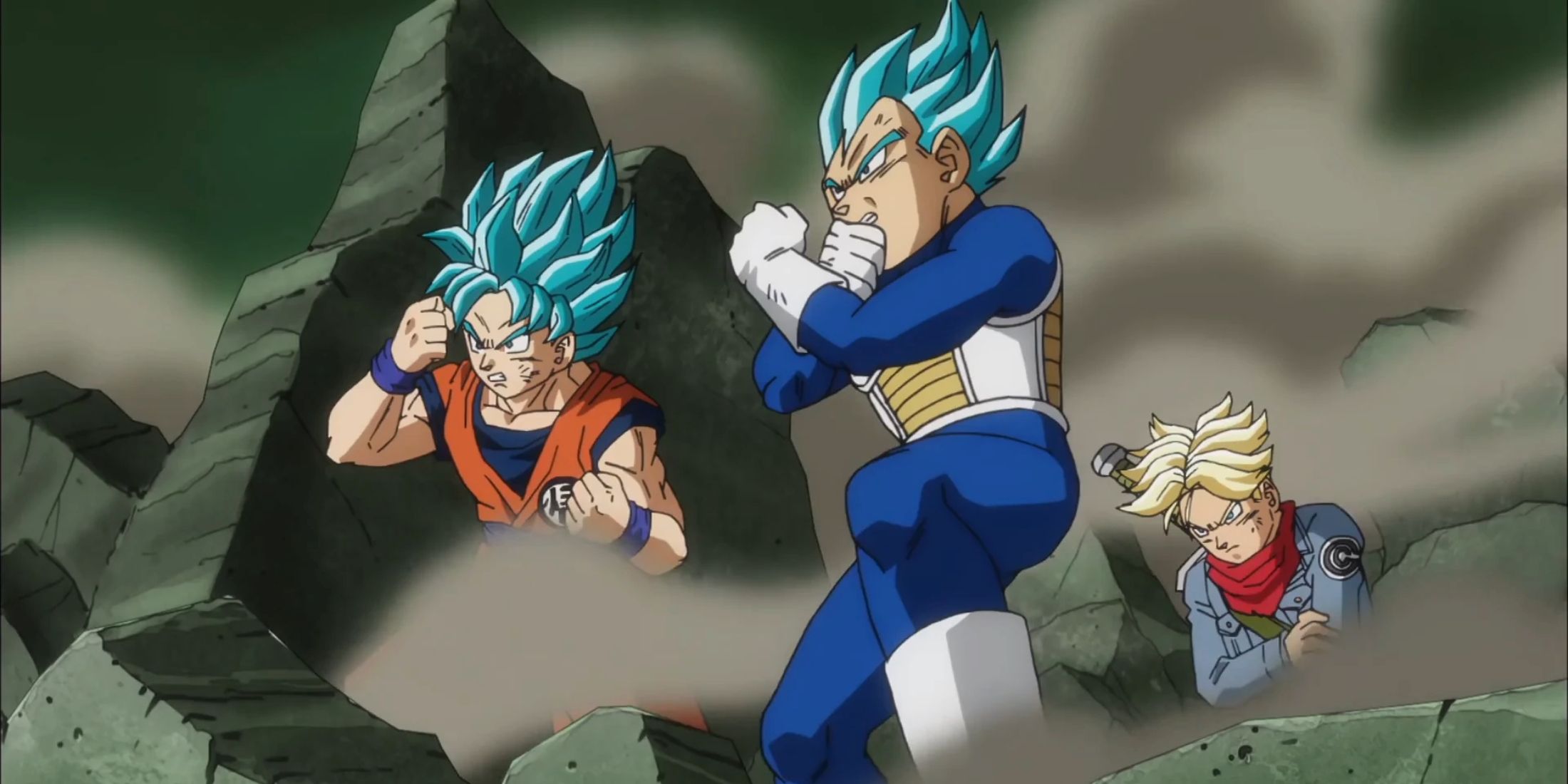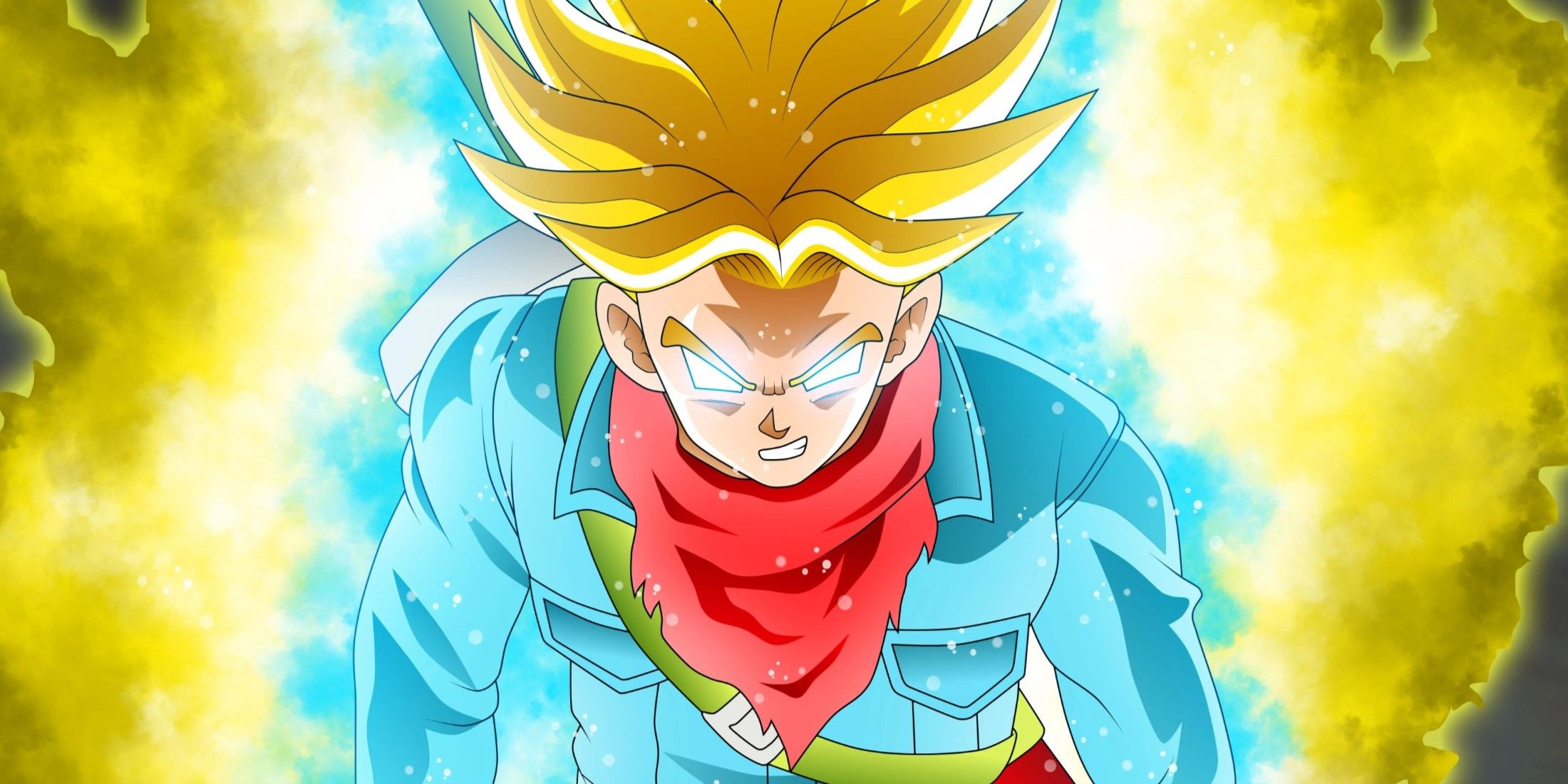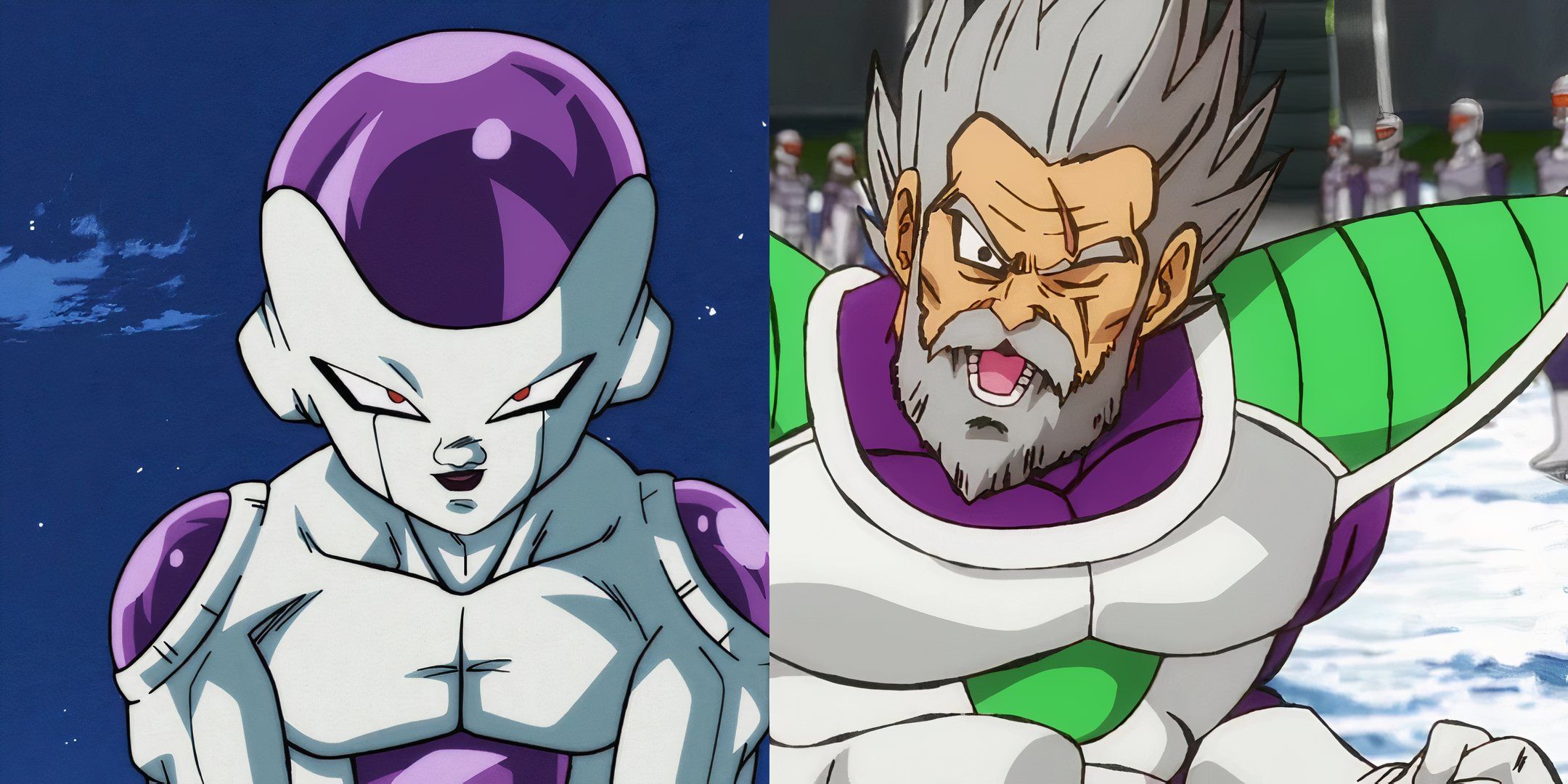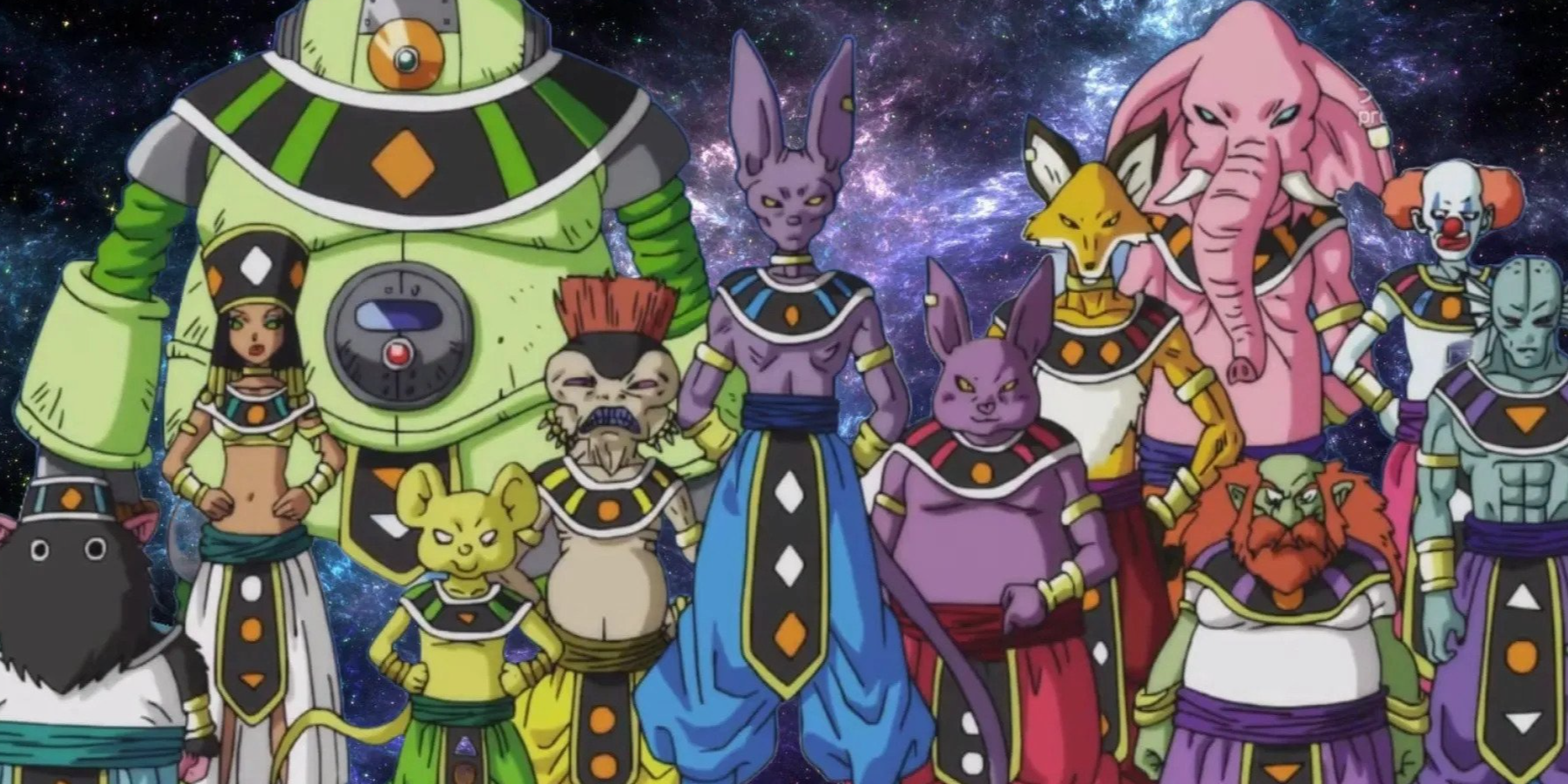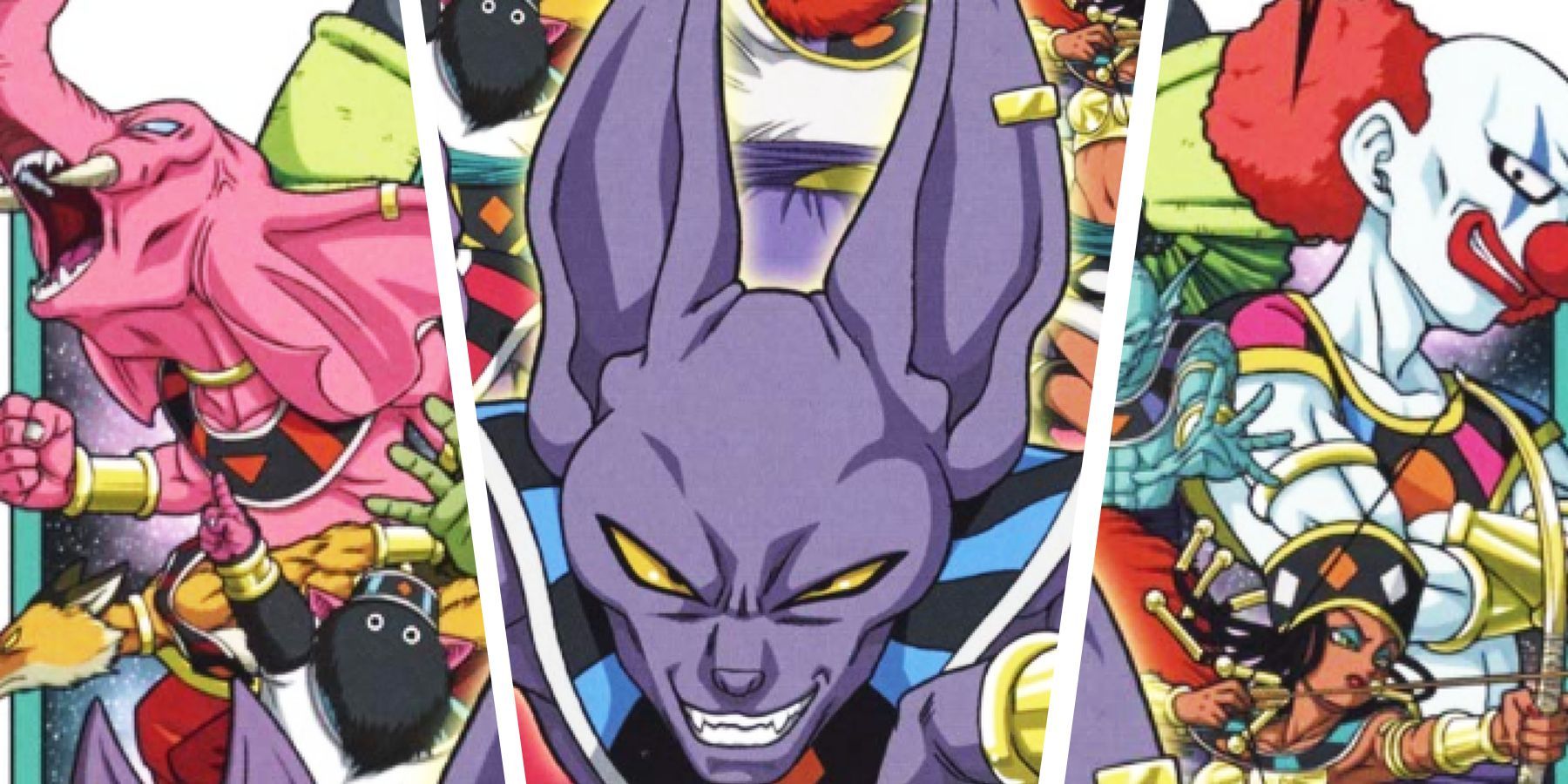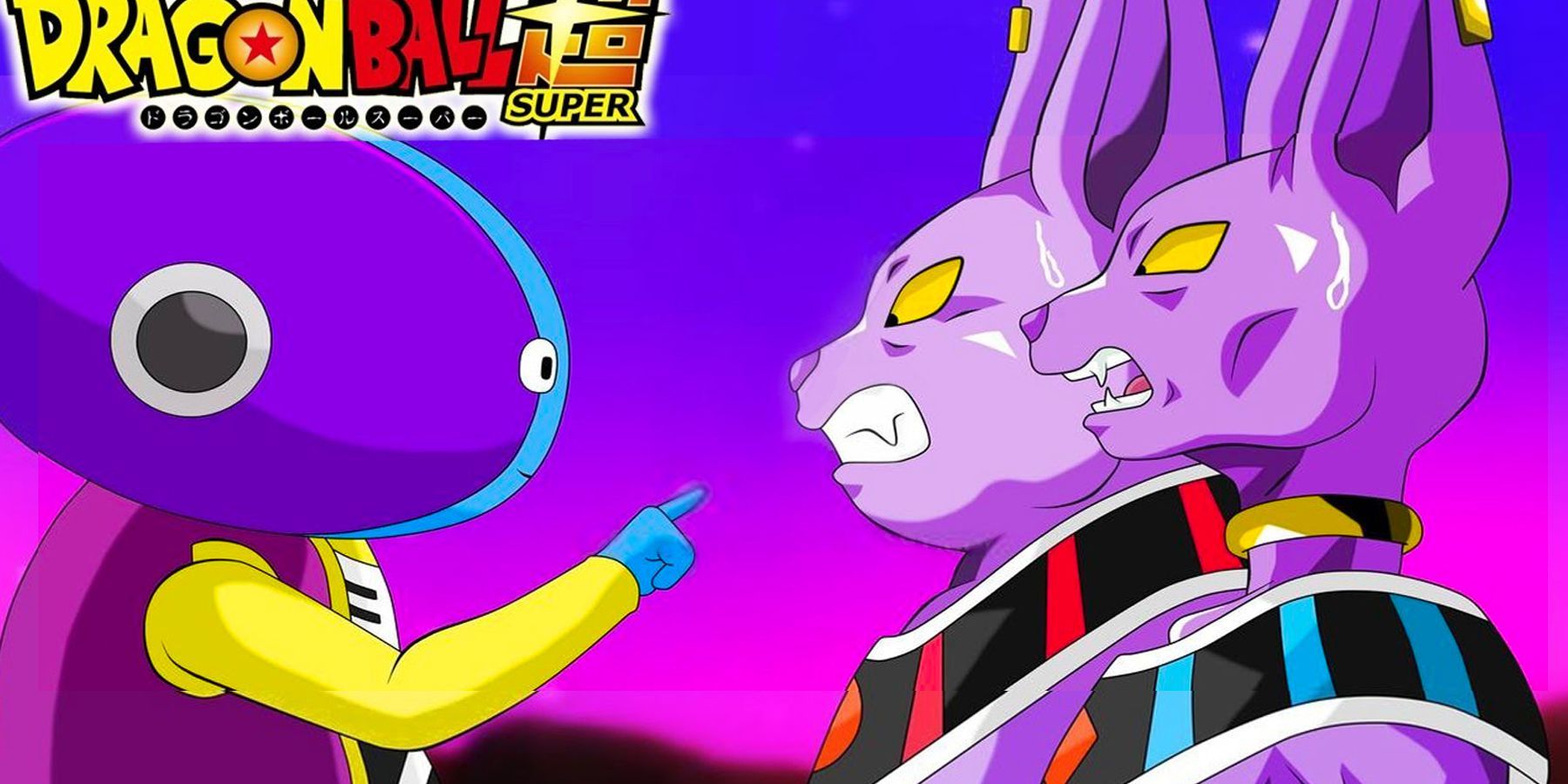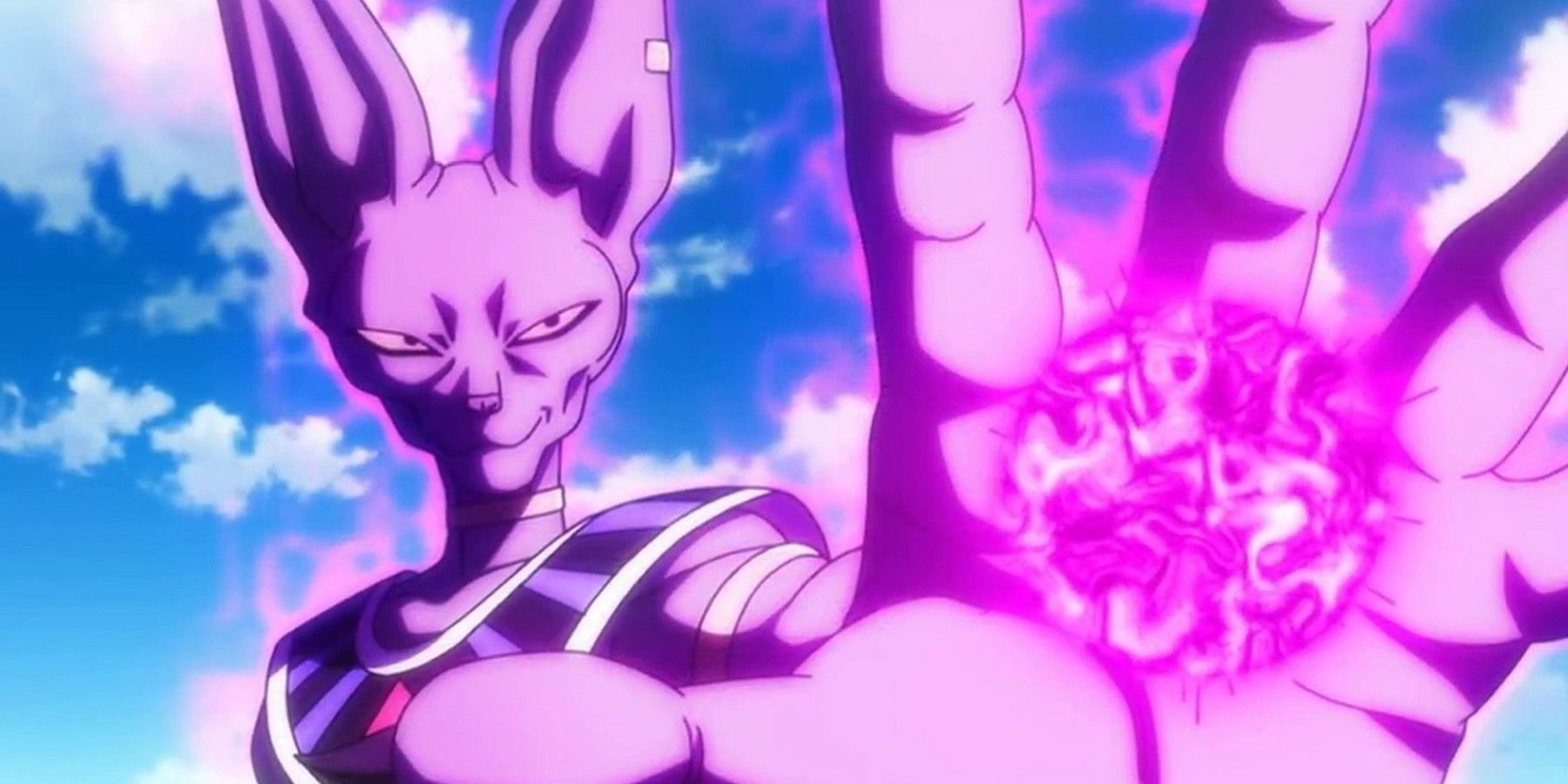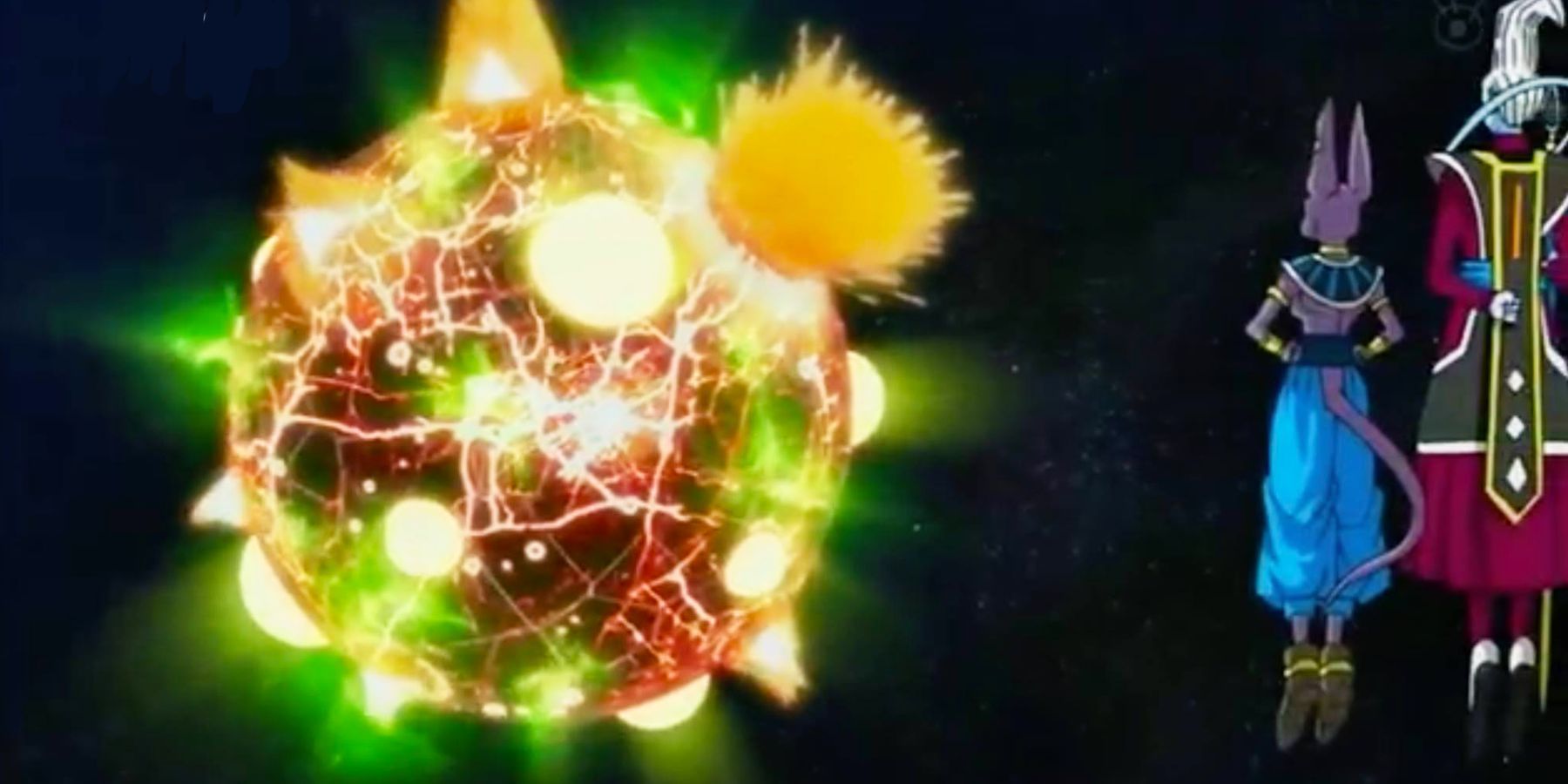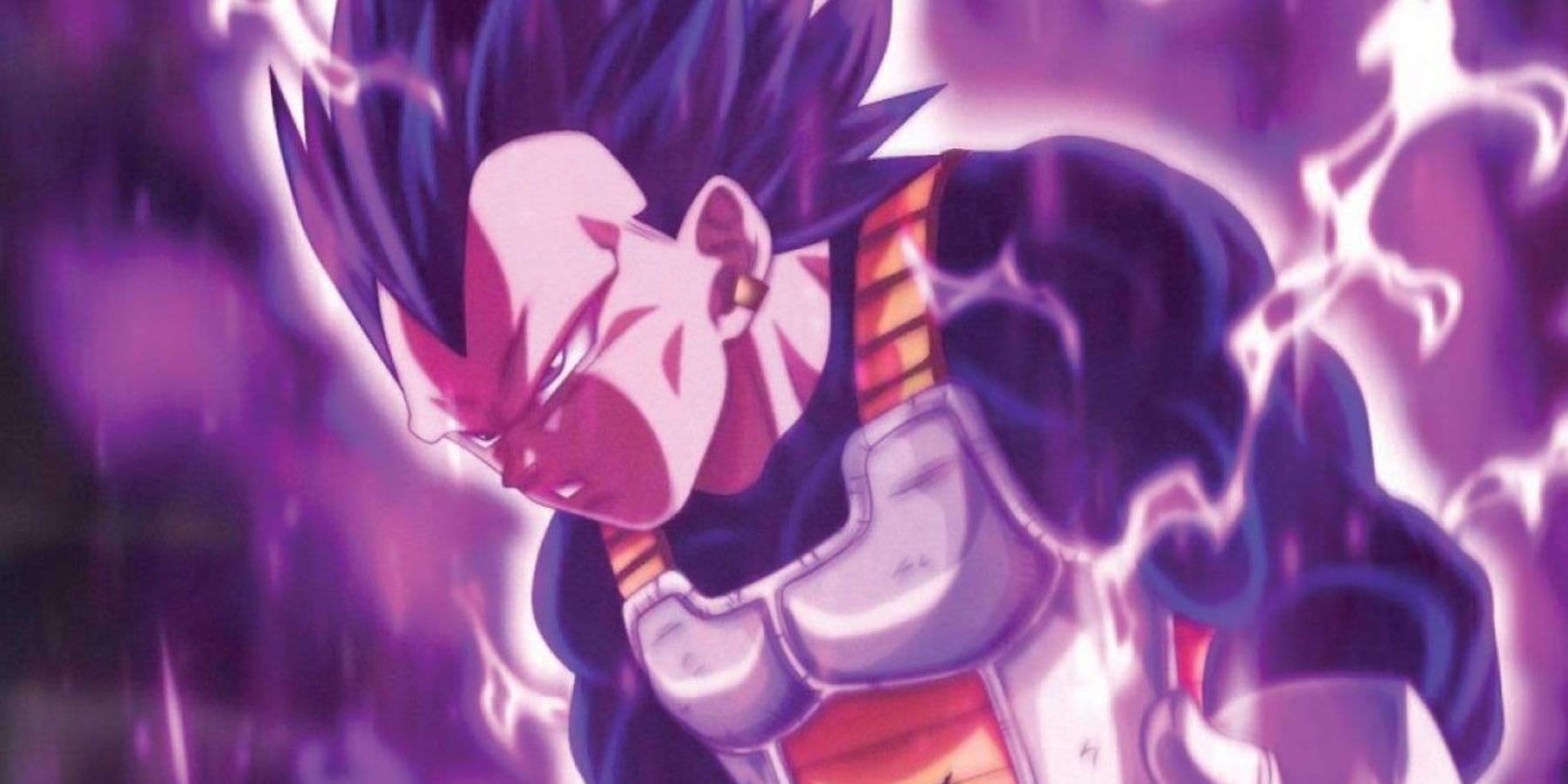Highlights
- Gods of Destruction in the Dragon Ball franchise are responsible for maintaining balance and eliminating threats to their universe's development.
- They have immense power, including the ability to destroy planets and civilizations with ease, as well as access to God Ki to enhance their physical abilities.
- Becoming a God of Destruction is based on strength and anyone can take on the role if they meet the requirements, but they must fulfill their responsibilities or face potential erasure.
Of all the latest additions to the Dragon Ball franchise, very few have been as well received as the concept of the Gods of Destruction. The 2013 Battle of Gods film introduced Beerus, a character who was stated to be the most powerful being in the entire universe, far eclipsing the villains that the Z-Fighters had ever faced before, even galactic-level threats such as Majin Buu. Upon awakening from his slumber, Beerus set out to find the Super Saiyan God.
In his search, Beerus came across the Z-Fighters and has since seen himself become friends with the mortals. Moreover, Dragon Ball Super introduced the multiverse and in doing so, showed all the other universes with their own Gods of Destruction. Despite initially seeming like an evil and malevolent role for someone to have in their universe, the series further expanded upon the true purpose of these Gods and what their responsibilities are within the larger idea of the multiverse.
What are Gods of Destruction
The role of multiversal deities in the series is to create and foster life that best promotes balance and sustainability in their universe, By doing this, they end up raising the 'mortal level' of their universe, which goes to show how important the roles of Gods of Destruction and Kais are, so much so that there used to be a total of 18 universes but 6 had been erased sometime in the past for seemingly not upholding their duties. Whenever a specific threshold for the mortal level is not met, that universe is liable to be erased by Grand Zeno.
The main responsibility of Gods of Destruction is not to merely destroy everything they see. Instead, their job is to keep balance within the universe by eliminating threats that hinder its overall development. This threat can be anything from wanton planets to entire civilizations that are holding the universe back. These Gods are issued an Angel attendant upon their ascension to godhood who not only serves and advises the God but also trains them.
The Destroyers work in direct contrast to the Supreme Kais of their universe, who are tasked with the creation and fostering of life and planets across the cosmos. Due to this, the life of both the Supreme Kai and the God of Destruction of a particular universe is inextricably linked, meaning that if either one of them dies for whatever reason, the other's life will end at the same time in an attempt to keep balance in the universe.
Another important thing to keep note of is the fact that unlike their Angel attendants and the Supreme Kais, Gods of Destruction are not born divine. This means that despite their current divine nature, Gods of Destruction have no fixed race, instead being born as normal mortals who have brought themselves to a level of power that would lead to their ascension to divinity. Such an aspect has led to there being a whole cast of vastly different Gods from each universe, with Beerus and Champa being the only two from the same species.
Due to their role in the development of a universe, Gods of Destruction should also serve as advisors to Supreme Kais by overseeing their role. Since the Supreme Kais are tasked with creating new life, Gods of Destruction are tasked with getting rid of stagnation, a role which not only develops the universe but also furthers its life cycle by continual destruction and creation to retain balance. However, active participation in the cycle of the universe is fairly rare to see because when the Tournament of Power came around, only 4 of the 12 universes were exempt from it due to having an appropriate minimal mortal level, showing most Gods tend to slack off.
Powers of a Destroyer God
Since the most basic requirement of being a Destroyer is the ability to destroy entire planets and civilizations on a whim, they have to be incredibly strong. So, the candidate for the position of Destroyer must be immensely powerful, something that was perfectly demonstrated by Beerus at the start of Dragon Ball Z: Battle of Gods, when he destroyed half of an entire planet with a single tap of his finger.
Aside from sheer destructive output, Gods of Destruction also have God Ki. This is an entirely foreign concept of Ki control to most mortal beings as it allows the Gods to tap into incredible power reserves that greatly bolster their physical strength and speed. This was seen in Dragon Ball Super, season 1, episode 96, "The Time Has Come! To The World of Void Where the Universes' Fates Will Be Decided!!" when 3 Destroyers face off against one another, swelling up their God Ki and destructive auras.
The signature power of a Destroyer is the Power of Destruction or, as it is most commonly known, Hakai. This power is essentially the ability to destroy or erase anything from existence with very minimal effort, as seen with Beerus obliterating Zamasu without any residuals. However, this isn't the only way to use this ability. There also exists the Energy of Destruction that was in full use by Ultra Ego Vegeta in the Granolah arc where he used the Power of Destruction like Ki blasts for longer-ranging and extremely powerful attacks.
Beerus also stated to Vegeta at the beginning of the arc that Hakai can also be used to fully realize the destructive output of any inanimate object. He demonstrated this by throwing a small rock at Vegeta that he blew up with Hakai, resulting in an expulsion of so much force that it knocked Vegeta very far back. It is with Hakai that the Destroyer Gods show their terrifying power as entire galaxies can be erased with very little effort.
The Rules for a Destroyer
Since being a God of Destruction hinges almost completely on one's strength and prowess, anyone can take the position, provided they are strong enough. Beerus even commended Vegeta's strength by saying that he would make a good Destroyer candidate in any other universe. Plus, a Destroyer can also eventually forego their position as seen with Belmod wanting to retire and propping Toppo to replace him. However, a person may not have to be the strongest in their universe to take become a God of Destruction because Jiren was first offered the position but declined it, leading to Toppo becoming the candidate instead.
Furthermore, Gods of Destruction have a responsibility to oversee and foster the development of their universe through the process of destruction. If they stray from this responsibility and their universes' mortal level drops beyond the minimum requirement, they may face erasure from Grand Zeno.
The Gods of Destruction are as follows:
- Iwan - God of Universe 1
- Heles - God of Universe 2
- Mosco/Mule - God of Universe 3
- Quitela - God of Universe 4
- Arak - God of Universe 5
- Champa - God of Universe 6
- Beerus - God of Universe 7
- Liquiir - God of Universe 8
- Sidra - God of Universe 9
- Rumshi - God of Universe 10
- Belmod - God of Universe 11
- Giin - God of Universe 12
Dragon Ball Super can be streamed on Amazon Prime.

